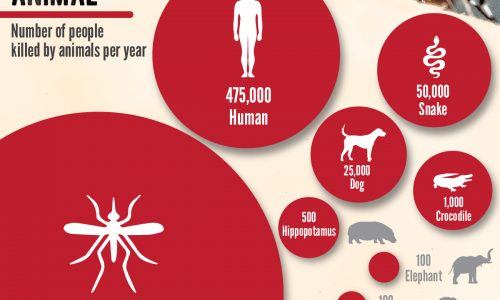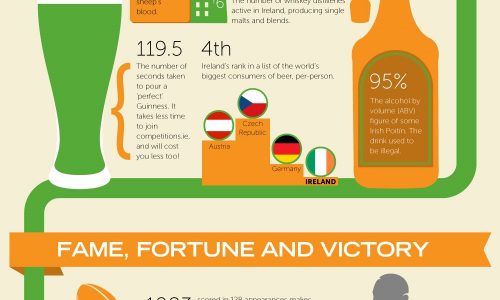
St. Patrick’s Day has passed, but it’s not too late to learn more about the man behind the holiday. Before Catholics honored the “Apostle of Ireland” with sainthood, he was nothing more than a pagan slave. After surviving years of enslavement, he fled his captors and walked 200 miles to the Irish Sea, where British merchants rescued him.
Considering his escape an act of God, St. Patrick returned to Ireland as a priest years later to spread the news of Christ, and his legend grew exponentially over the years. According to one myth, during a 40-day fast on an Irish hilltop, Patrick fought off snakes that mercilessly attacked him. So incensed was the patron saint of Ireland by the attack that he chased every one of the island’s slithering beasts into the sea. Today, there isn’t a single wild snake in all of Ireland.
While it is a super story, research by archaeologists has revealed that snakes never made it to the Emerald Isle because the climate was never ripe for their migration there. The saint’s lore also includes a thousand miracles and the raising of 33 folks from the dead, “some of whom had been many years buried.”
While his fabled life has grown something fierce in the 1,500 years since his death, what is certainly true is that St. Patrick did spark a movement toward Christianity that would rule the country for hundreds of years. For that reason alone, it is an Irish tradition to celebrate his life around the world with a bit of debauchery and drunkenness each year every spring.





